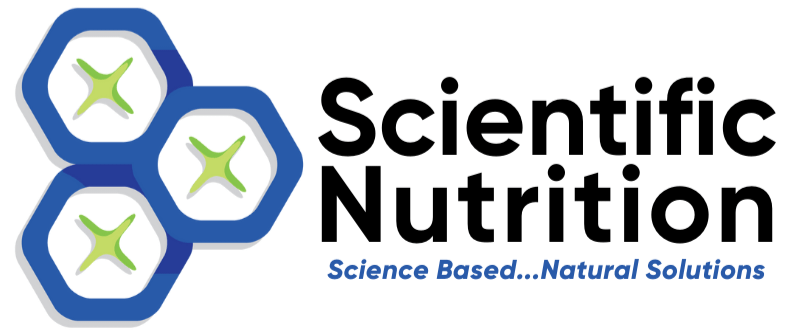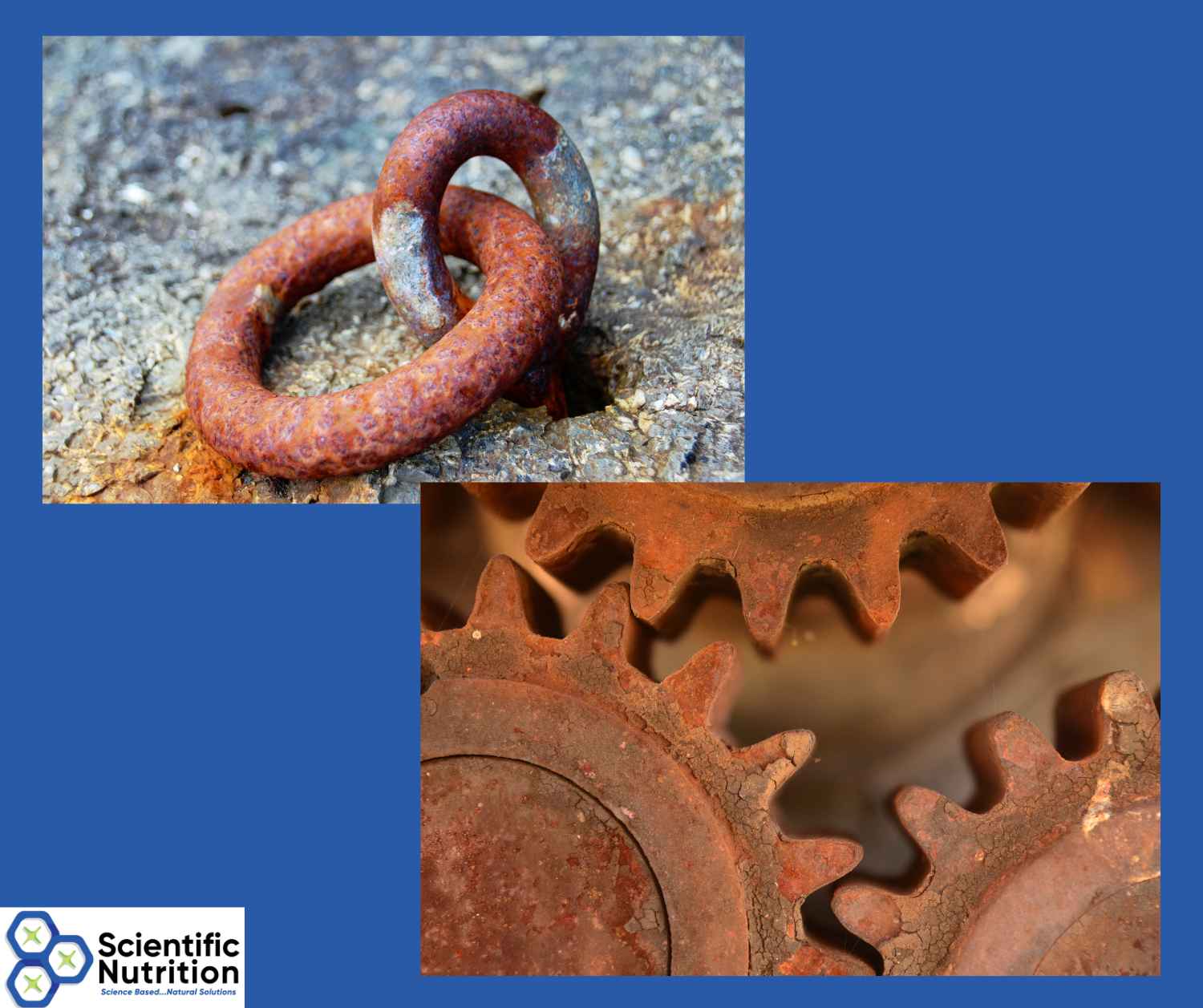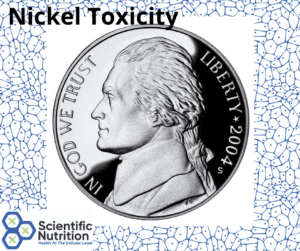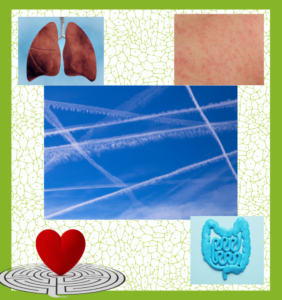Overview of Iron Toxicity
We all have Iron in our bodies. It is an essential mineral for our well-being and is critical in various bodily functions. It helps in the transportation of oxygen, the production of energy, and many functions in the brain.
But what if you have an excessive amount of iron in your body?
This overload of iron is called Iron Toxicity or Iron Poisoning.
Iron transforms into bio-unavailable iron oxide in its toxic state, which causes many health issues. Iron Toxicity is also known (scientifically) as hemochromatosis in blood work.
In this blog, I will show you the symptoms, causes, and sources of iron toxicity. Finally, you will also read how Hair Trace Mineral Analysis (HTMA) can help if you have iron toxicity or poisoning.
Who could have Iron Toxicity?
Before stepping into symptoms, I want to highlight some specific cases that increase the chances of Iron Toxicity.
For instance, some individuals are genetically predisposed to Iron Toxicity due to a condition called Haemochromatosis. This hereditary disorder causes the body to absorb and store too much iron from the diet.
If your diet has abundant meat and eggs, you are not a vegetarian, or eat very few vegetables, you may have higher chances of iron toxicity and iron poisoning than others.
4 (medically approved) Symptoms of Iron Toxicity
Iron toxicity slowly and gradually affects your health. According to studies, iron toxicity affects your health in four stages. Each stage signals a specific health issue. So allow me to break down all 4 symptoms.
This will help you evaluate yourself and understand iron poisoning.
1. Persistent Fatigue:
Iron overload silently consumes energy, and you feel persistent fatigue. This is stage 1, or the early stage of iron poisoning, with symptoms such as irritability, drowsiness, and abdominal discomfort. These behavioral traits show a toxic chemical imbalance in any heavy metal toxicity early stages.
At this stage, your body struggles to cope with excess iron.
2. Inflammation and Aches/Pains:
The second stage of Iron toxicity is closely linked to inflammation. You will feel various aches and pains throughout the body, like joint discomfort, muscle aches, or generalized pain.
You also may have low blood pressure, fever, extreme fatigue, and potential bleeding issues.
3. Problems with Blood Sugar Regulation:
Prolonged Iron overload in your body interferes with pancreatic function and can disrupt blood sugar regulation. The third stage is the extreme condition of stage 2.
This stage poses additional challenges for individuals with diabetes or hypoglycemia, as iron replaces zinc in the pancreas, which disturbs proper blood sugar control. These metabolic complications become more apparent after some time, and the patient may face consistent low blood pressure and liver failure.
3. Emotional Issues:
The extreme stage of 4th stage of iron toxicity starts affecting your brain. The brain is not immune to the effects of iron overload. Iron accumulation in the amygdala, a region associated with emotions, can result in heightened emotional responses. Extreme anger and arrogance may become more prominent, ultimately affecting personal and professional life.
At this stage, the patient feels confusion, sluggishness, possibly rage, and even coma can develop. Iron overload impacts cognitive and emotional well-being.
Causes of Iron Toxicity
Iron toxicity doesn’t have a one-size-fits-all origin; there are complex factors behind it. Experts categorized iron poisoning into two types: corrosive iron toxicity and cellular iron toxicity.
Let’s break down both types and their causes.
1. Corrosive Iron Toxicity:
This type often stems from external factors and activities.
-
Infections and bacterial activity:
Iron is a favorite feast for certain bacteria. Infections can exacerbate iron overload, creating an environment where bacteria thrive and iron accumulates.
-
Affinity of cancers for iron oxide:
Iron oxide, the toxic form of iron, has a magnetic appeal for cancer cells. This affinity interferes with energy production and detox pathways, contributing to the progression of cancer.
-
Inflammation-related causes:
High levels of iron can stoke the flames of inflammation that leads to various health issues, including arthritis, heart disease, liver disease, and more.
2. Cellular Iron Toxicity:
This type involves disruptions within the body at the cellular level.
-
Prostate disease:
Elevated iron levels may replace zinc in prostate tissue, contributing to prostate-related issues. The delicate balance between these minerals is crucial for maintaining prostate health. Zinc is a very important mineral to men whereas copper is to women for hormone balance as well.
-
Diabetes and hypoglycemia:
Iron’s interference with pancreatic function can disrupt blood sugar regulation. For individuals with diabetes or hypoglycemia, this adds another layer of complexity to managing these conditions.
Sources of Iron
If you have any of the above symptoms, then these sources of iron can catalyze iron poisoning or overload.
Iron is everywhere in our environment but you can’t avoid natural exposure. Here are some other sources that contain natural iron abundantly.
Dietary sources of iron toxicity:
- Red Meats: Beef liver, in particular, is a rich source of iron.
- Legumes: Beans and lentils provide a plant-based iron option.
- Fortified Products: White flour products have enough iron and contribute to dietary intake.
- Seafood: Clams and certain sea vegetables like Irish moss offer marine (sea) sources.
- Dark Chocolate: Quality dark chocolate has abundant iron. One small bar can provide approximately 5.38 to 10.12 mg of iron.
- Plant-based Sources: Seeds, oats, quinoa, and leafy green vegetables contain iron.
How can Hair Mineral Analysis help you evaluate iron toxicity?
As you know, iron toxicity is a gradual and slow process that affects you in 4-5 stages. You can identify it in the initial stages to avoid a deeper problem. That’s where Hair Mineral Analysis comes into play. Let’s see how it can help you.
Hair Analysis method for iron toxicity:
Hair analysis involves the examination of a small sample of hair, typically taken from the scalp. This method capitalizes on hair strands absorbing minerals and elements from the bloodstream during their growth. We can then see what is flowing out of the body adequately or is stuck in tissues or organs. There are three steps involved.
- The first step is to collect a small snippet of hair. It provides a snapshot of the body’s mineral composition over a specific time frame.
. - The second step is to analyze various minerals, including iron. It provides insights into their levels within the body. The analysis reflects a historical record since hair grows relatively slowly. It offers a more comprehensive view than a single blood test.
. - The data obtained from the analysis allows for a tailored approach. It reveals the presence of iron and how it interacts with other minerals. The expert then recommends necessary actions that help you detox excessive iron from your body.
What to do next?
Iron toxicity is a serious issue for your health. You can’t live carrying an overload of iron. You need to take the action in the right way. Evaluating your current iron level is important even if you don’t yet have chronic toxicity.
That’s where I can help you! If you have more questions, please feel free to ask me.
Contact me if you are ready to see “Where Am I” and want to start correcting the imbalances from the beginning.
I would love to help you find the right level of service for your needs and achieve the best quality of health possible. LET’S CHAT!
FAQs
What is chronic iron toxicity?
Chronic iron toxicity is too much iron in your body. It can lead to serious health issues like liver and heart diseases, diabetes mellitus (impaired carbohydrate metabolism), hormonal abnormalities, and a dysfunctional immune system.
How much iron is too much iron a day?
For children ages 14 and up, 40 mg per day is the maximum limit. For adults, the limit could exceed up to 45 mg per day. If you consume the maximum limit daily, you might have iron overload in the long term.
What food is highest in iron?
Red meat, eggs, seafood (shellfish especially), dry fruits, beans, and nuts are high in iron. These foods are healthy, but never eat too much of any of them. You need to be diet-conscious and balanced anyway.
Copyright Scientific Nutrition, LLC 2024




